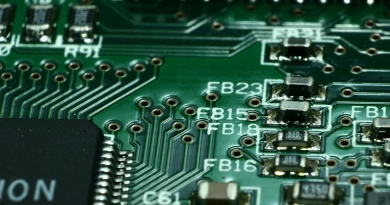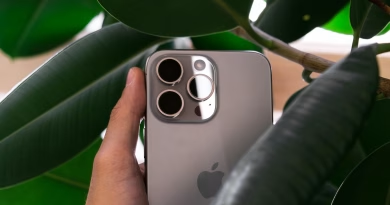Smart Home’s ‘Universal Translator’: A Beginner’s Guide to the Matter Standard
You’ve probably experienced the frustration. You buy a new smart lightbulb that’s on sale, only to get it home and realize it won’t work with your Amazon Echo speaker. Or your Google Nest thermostat refuses to talk to your Apple Home setup. For years, the “smart home” has been a collection of walled gardens, a confusing mess of competing ecosystems that punishes you for not buying everything from a single brand.
This long-standing frustration is finally being solved by a new, game-changing technology called Matter.
You’re going to see the Matter logo on more and more smart home products, so it’s time to understand what it is. It’s not another app you need to download or another smart home platform. Think of Matter as a universal translator for your gadgets. It’s the simple promise that the smart devices you buy will just work together, seamlessly.
What is Matter? The Universal Translator Analogy
The best way to understand Matter is to think of it as a shared language.
Imagine you have three friends who each speak a different language: one speaks only French (like an Apple device), one speaks only German (like a Google device), and one speaks only Japanese (like an Amazon device). For them to have a conversation, they would need a universal translator.
Matter is that universal translator for your smart devices.
When a smart lightbulb, thermostat, or plug has the Matter logo, it means it speaks this universal language. It can communicate directly with any other Matter-certified device or controller, regardless of whether it was made by Apple, Google, Samsung, or any other brand.
Who Is Behind It? An Alliance of Rivals
What makes Matter so revolutionary is who created it. In an unprecedented show of collaboration, all the major, fiercely competitive tech giants put their differences aside to build this single, unified standard. Apple, Google, Amazon, Samsung, and hundreds of other smart home companies are all part of the Connectivity Standards Alliance (CSA) that governs Matter.
This is why Matter is poised to succeed where other standards have failed. It has the full backing of the entire industry.
The “So What?”: The 3 Core Benefits for You
This all sounds great, but what does it actually mean for you when you’re buying a new smart gadget?
1. Simplified Setup: Setting up a new Matter device is incredibly simple. You’ll see a Matter QR code on the device itself. You just open your preferred smart home app (Apple Home, Google Home, etc.), scan the code, and the device is instantly added to your home network. No more downloading a dozen different apps for a dozen different products.
2. Freedom to Mix and Match: This is the biggest win for consumers. You are no longer locked into a single ecosystem. You can buy the Google Nest Thermostat because you like its features, Philips Hue lightbulbs because you like their colors, and an Eve smart plug because it was on sale, with the full confidence that you can control all of them together from your favorite app, whether it’s Apple Home or Amazon Alexa. You are free to buy the best device for the job, regardless of the brand.
3. Better Security and Reliability: Matter is designed to run locally on your home network using modern, secure communication protocols like Thread. This means that many commands (like turning on a light) don’t have to travel to a company’s cloud server and back. This makes your smart home faster, more reliable (it works even if your internet goes down), and more private because your data is staying within your own home.
So next time you’re shopping for a smart home device, look for the Matter logo. It’s your ticket to a simpler, more reliable, and frustration-free connected home.




